
-
By:
- cierra
- No comment
guido reni archangel michael
Guido Reni was a prominent Bolognese painter of the Baroque era, known for his elegant and harmonious style. Trained under the Carracci, his work bridges classical ideals with Baroque drama, emphasizing natural compositions and vivid color. His religious themes, like Archangel Michael, showcase his ability to blend emotional depth with technical mastery, leaving a lasting influence on later artists.
1.1. Biography of Guido Reni
Guido Reni (1575–1642) was a renowned Italian painter from Bologna, active during the Baroque period. Trained by the Carracci, he developed a style blending classical ideals with emotional intensity. Reni’s work often featured harmonious compositions and serene figures, earning him acclaim. His artistic career spanned over four decades, with notable commissions in Rome and Bologna. Despite personal struggles, including a gambling addiction, Reni remained a pivotal figure in Baroque art, leaving a legacy of elegant and expressive paintings.
1.2. Reni’s Artistic Style and Contributions to the Baroque Movement

Guido Reni’s artistic style was characterized by elegance, harmony, and emotional depth, blending classical ideals with Baroque dynamism. His use of soft light, vivid color, and naturalistic compositions set him apart. Reni’s ability to balance dramatic intensity with serene beauty influenced many artists. His works, such as Archangel Michael, exemplified the Baroque emphasis on movement and emotion while maintaining a refined, almost ethereal quality. Reni’s contributions solidified his role as a leading figure in the Bolognese school and the broader Baroque movement.
The Historical Context of “Archangel Michael”
Archangel Michael was created in 1635 for the Church of the Capuchins, reflecting the religious and artistic climate of 17th-century Italy, commissioned by Cardinal Sant’Onofrio.
2.1. Commission and Creation of the Painting
The painting Archangel Michael was commissioned by Cardinal Sant’Onofrio, brother of Pope Urban VIII, and created by Guido Reni in 1635. Reni, a leading Bolognese artist, crafted this large-scale oil on canvas specifically for the Church of the Capuchins in Rome. Measuring 293 x 202 cm, the work exemplifies Reni’s refined Baroque style, blending dramatic composition with religious themes. Its creation reflects the cultural and religious values of 17th-century Italy, while its execution showcases Reni’s technical mastery and artistic vision.
2.2. The Painting’s Location and Provenance
Guido Reni’s Archangel Michael was originally displayed in the Church of the Capuchins in Rome, where it remained for centuries. Today, its exact location is less certain, with some sources suggesting it is part of a private collection. Historically, the painting was admired in religious settings and later in exhibitions, highlighting its cultural significance. Its provenance includes references to 19th-century art collections and exhibitions, showcasing its enduring appeal. The artwork’s journey reflects its importance as a religious and artistic treasure, preserved for future generations to appreciate.
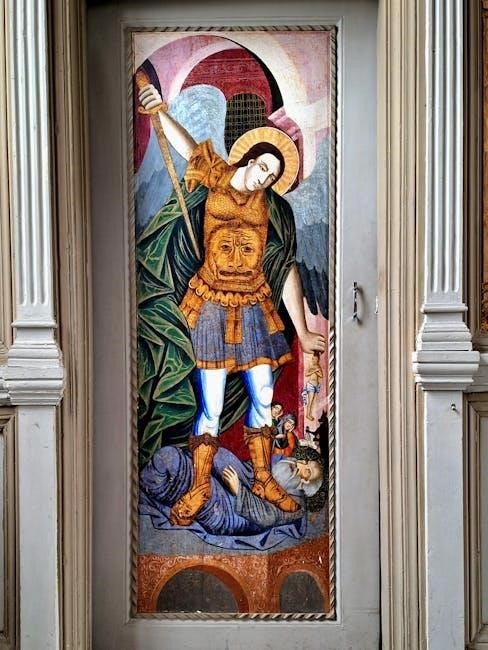
The Painting’s Style and Composition
The painting embodies the Baroque style, with dynamic movement and intense emotion. Reni’s use of vibrant colors and chiaroscuro creates a dramatic, visually powerful scene.
3.1. Baroque Elements in “Archangel Michael”
The painting exemplifies Baroque art with its dramatic lighting and intense emotional expression. Reni employs dynamic movement and rich colors to heighten the scene’s tension. The Archangel Michael is depicted in a classical pose, while Satan, as a dragon, embodies chaos. The use of chiaroscuro creates a striking contrast between light and dark, emphasizing the spiritual battle. Reni’s masterful composition draws the viewer’s eye upward, symbolizing divine triumph. This work captures the Baroque’s dramatic and emotive essence, making it a standout piece of the era.
3.2. Use of Color and Lighting
In Archangel Michael, Reni masterfully employs color and lighting to evoke drama and emotion. Vibrant hues contrast sharply, with Michael’s radiant armor and wings against the dark, murky tones of the dragon. Chiaroscuro creates a dynamic interplay, with light cascading down on Michael, symbolizing divine grace. The dramatic illumination heightens the tension between good and evil, drawing the viewer’s eye upward. This theatrical use of light and color is quintessentially Baroque, enhancing the painting’s emotional and spiritual impact, while emphasizing Michael’s celestial nature and divine authority in the battle. This technique captivates and engages the viewer deeply.
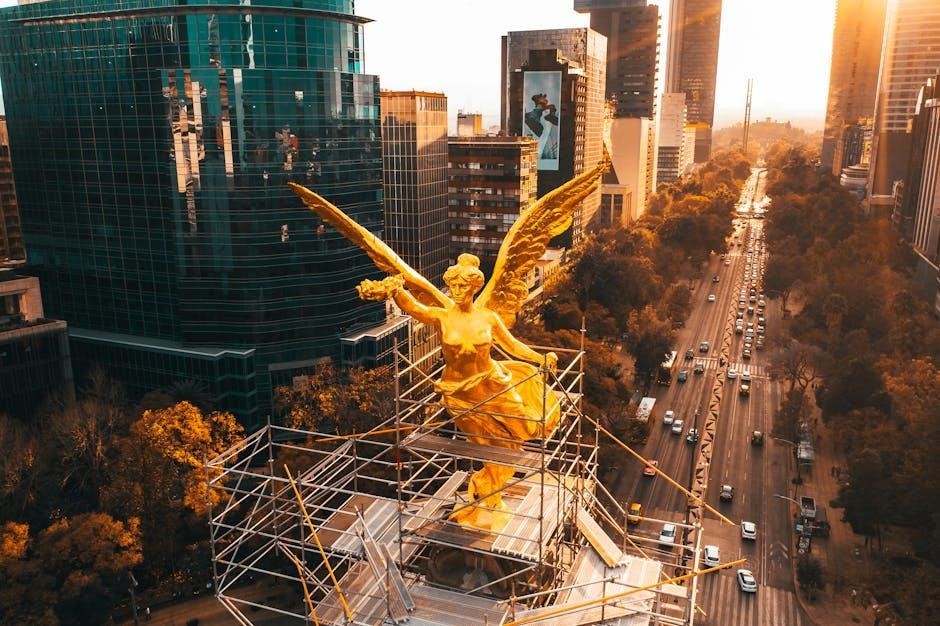
Iconography and Symbolism
Archangel Michael embodies divine justice, depicted as a warrior in Roman armor, symbolizing strength and righteousness. The dragon represents Satan, signifying evil and chaos. This imagery, rooted in the Book of Revelation, underscores the universal struggle between good and evil, with Michael as God’s champion. The painting’s symbols reinforce themes of redemption and divine triumph, resonating deeply with religious and cultural narratives of the time.
4.1. Representation of Archangel Michael
Guido Reni’s depiction of Archangel Michael presents him as a majestic warrior, clad in a Roman military cloak and cuirass. His upright posture and resolute expression convey divine authority and calm determination. The painting captures Michael in the act of defeating Satan, portrayed as a dragon, emphasizing his role as a protector and defender of faith. Reni’s meticulous attention to detail in Michael’s attire and demeanor underscores his divine nature, aligning with traditional Christian iconography while infusing the figure with a sense of timeless heroism and spiritual strength.
4.2. Depiction of Satan as a Dragon
In Guido Reni’s Archangel Michael, Satan is depicted as a dragon with a human head, symbolizing evil and chaos. The dragon’s twisted form and grotesque features emphasize its malevolent nature, while its human-like face adds complexity to the representation. This depiction aligns with biblical descriptions, such as in Revelation 12, where Satan is described as a dragon. Reni’s portrayal reinforces the theological struggle between good and evil, using dark, muted colors to contrast the dragon’s sinister presence with Michael’s radiant purity and divine authority.
Theological and Religious Significance
Guido Reni’s Archangel Michael embodies Christian theology, depicting Michael as a divine protector. The painting symbolizes the eternal struggle between good and evil, central to religious beliefs.
5.1. Archangel Michael in Christian Theology
Archangel Michael holds a central role in Christian theology as a protector and warrior of faith. Depicted in the Book of Revelation, he leads the heavenly armies against evil, symbolizing divine justice; His triumph over Satan, as shown in Guido Reni’s painting, embodies the victory of good over evil. Michael is often invoked for protection and strength, reflecting his enduring significance in religious devotion and art, where he is frequently portrayed as a powerful, divine defender of the faithful.
5.2. The Struggle Between Good and Evil
The painting vividly captures the universal theme of the struggle between good and evil. Archangel Michael, as a divine warrior, embodies righteousness and strength, while Satan, depicted as a dragon, symbolizes evil and chaos. This iconic confrontation, rooted in biblical narratives, reflects the eternal conflict between light and darkness. Reni’s artwork not only portrays this battle but also evokes profound emotional and spiritual resonance, inviting viewers to contemplate the ongoing struggle within themselves and the world. The painting’s dramatic tension underscores the triumph of virtue over malevolence.
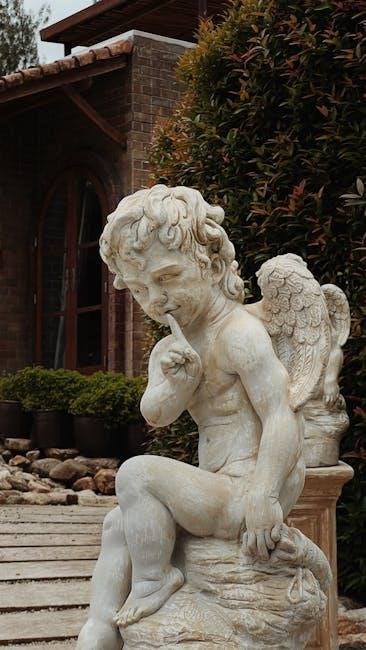
Cultural and Artistic Impact
Guido Reni’s Archangel Michael became a cultural icon, influencing Baroque art’s religious themes. Its dramatic composition and emotional depth inspired later artists, solidifying its legacy as a masterpiece of religious art.
6.1. Influence on Later Artists
Guido Reni’s Archangel Michael significantly influenced later artists, particularly in its dramatic composition and emotional depth. His harmonious use of color and light set a standard for religious art. The painting’s dynamic poses and expressive details inspired Baroque artists to explore similar themes, blending classical ideals with dramatic intensity. Reni’s work became a benchmark for depicting divine struggles, encouraging others to emulate its vivid storytelling and technical mastery, ensuring his artistic legacy endured well beyond his lifetime.
6.2. Popular Reception and Interpretations
Guido Reni’s Archangel Michael has long been celebrated for its emotional resonance and powerful depiction of divine conflict; Viewers often interpret the painting as a timeless symbol of the struggle between light and darkness, resonating with both religious and personal themes. Its dramatic composition and vivid imagery have made it a favorite among art enthusiasts, while its religious significance has cemented its place in cultural consciousness. The work’s enduring popularity is evident in its widespread reproduction and interpretation, ensuring its relevance across centuries.
The Painting’s Legacy
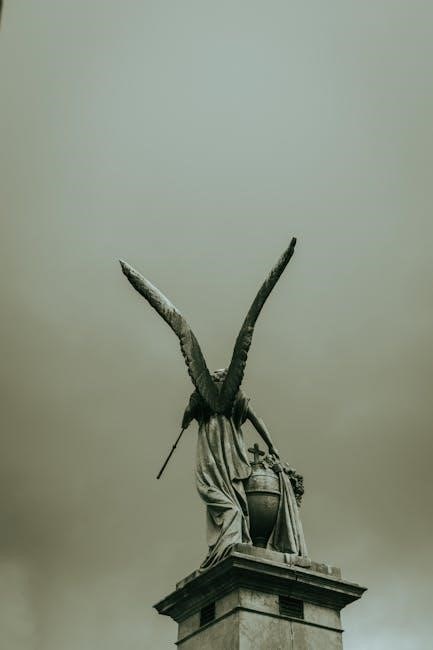
Guido Reni’s Archangel Michael remains a masterpiece of Baroque art, celebrated for its emotional depth and spiritual impact. Its enduring influence continues to inspire art and devotion.
7.1. Preservation and Restoration Efforts
Guido Reni’s Archangel Michael has undergone meticulous restoration to preserve its vivid colors and intricate details. Conservation efforts focus on stabilizing the canvas and protecting it from environmental factors. The painting’s location in the Church of the Capuchins ensures it remains accessible while being safeguarded for future generations. Regular maintenance and controlled lighting help prevent deterioration, ensuring the artwork’s longevity. Its enduring condition is a testament to the quality of Reni’s craftsmanship and the dedication of preservationists.
7.2. Modern Exhibitions and Accessibility
Guido Reni’s Archangel Michael remains accessible to the public, primarily housed in the Church of the Capuchins. While it is not frequently loaned for exhibitions, its permanent location ensures visibility to art enthusiasts and pilgrims. Digital reproductions and prints are widely available, allowing global audiences to appreciate the painting. This balance of physical accessibility and digital reach ensures Reni’s masterpiece continues to inspire, bridging centuries and cultures through its enduring artistic and spiritual appeal.
Guido Reni’s Archangel Michael embodies Baroque artistry, blending elegance with dramatic intensity. Its theological depth and cultural impact continue to inspire, ensuring its timeless relevance in art history.
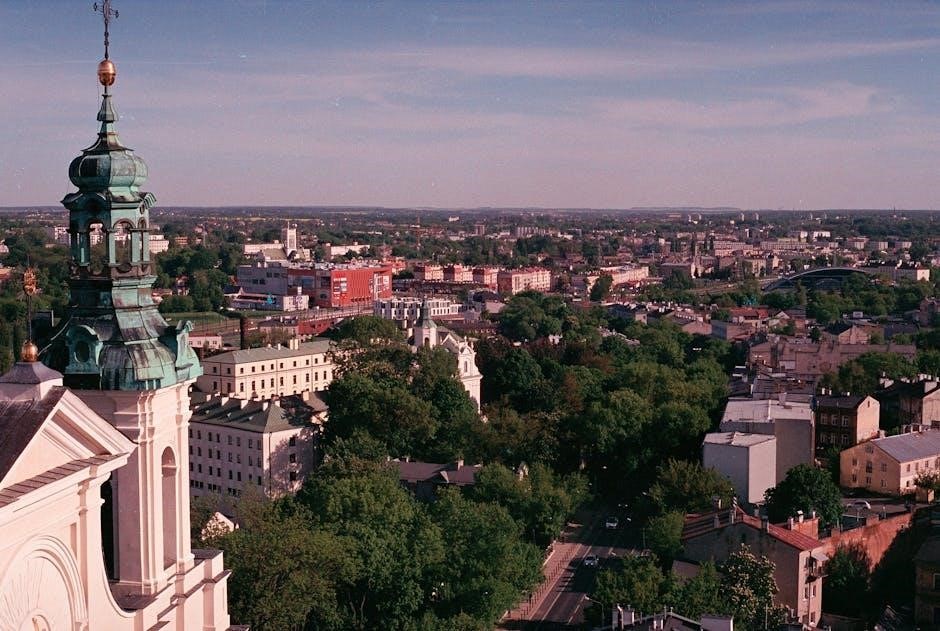
8.1. Summary of Key Points
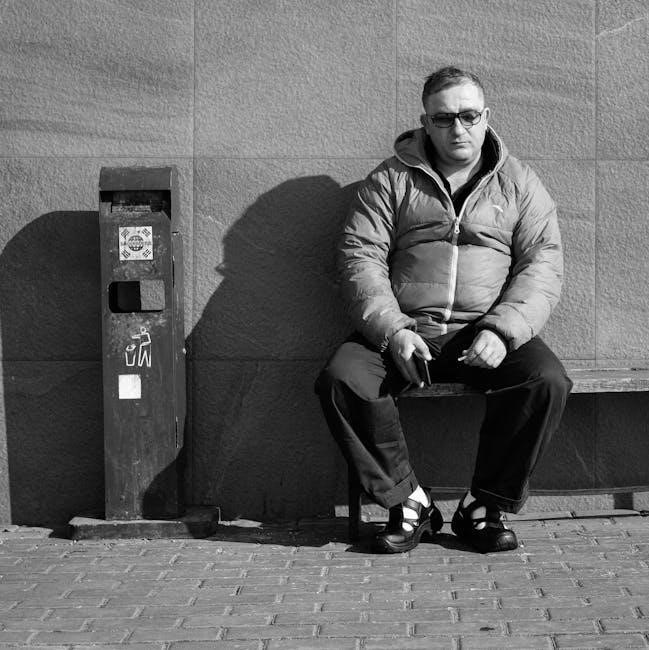
Guido Reni’s Archangel Michael is a masterpiece of Baroque art, showcasing his refined style and emotional depth; The painting captures the epic struggle between good and evil, with Michael triumphantly defeating Satan. Reni’s use of color, lighting, and composition emphasizes the divine and heroic nature of the archangel; The work reflects Reni’s ability to blend classical ideals with Baroque drama, making it a significant contribution to religious art. Its theological themes and artistic excellence ensure its enduring relevance in art history and cultural discourse.
8.2. Final Thoughts on Reni’s “Archangel Michael”
Guido Reni’s Archangel Michael stands as a testament to his artistic genius and spiritual depth. The painting’s timeless appeal lies in its balance of dramatic Baroque elements and serene elegance. Reni’s portrayal of Michael as a symbol of divine justice resonates universally, transcending mere aesthetics to evoke profound reflection. As a cultural icon, it continues to inspire, reminding viewers of the eternal struggle between light and darkness. Reni’s legacy endures through this masterpiece, cementing his place among the greatest artists of the Baroque era.